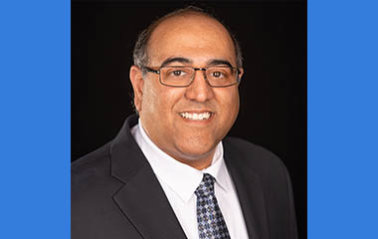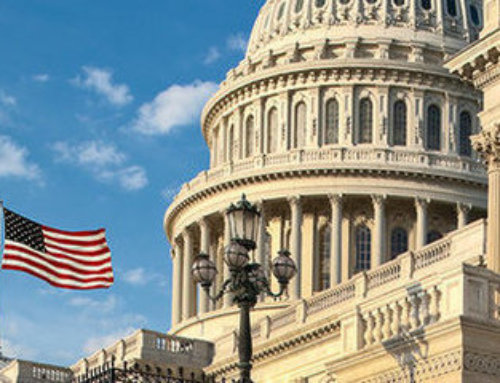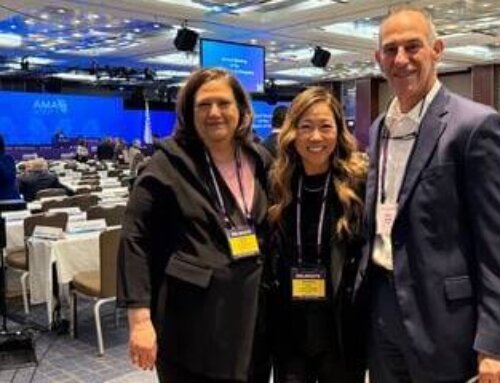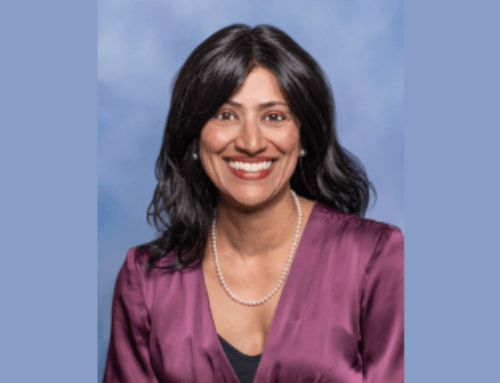One of the four goals of the AASM strategic plan is to “positively influence clinical practice for providers and their patients.” During my term as president, the AASM has continued to implement strategies and develop initiatives supporting this goal.
Strengthening the Voice of Sleep Medicine
In 2021 the AASM bolstered our advocacy efforts by contracting with McDermott+Consulting, a health policy lobbying firm in Washington, D.C. Their team of lawyers, policy professionals, data analysts, and former Capitol Hill staffers have strengthened our expertise and expanded our influence. Their experience and connections have been extremely important in the past year as we have been dealing with the fallout of the Philips PAP device recall. We’ve had multiple meetings with high-level staff at the FDA, in the White House, and in Congressional offices. In all these meetings, we’ve made it clear how the recall and global shortages of PAP devices are hindering the practice of sleep medicine and having a detrimental impact on patient care. As we’ve seen the FDA apply more pressure to Philips in recent months, I am convinced that our voice has made a difference and has been a benefit to the many patients affected by this issue.
We’ve also had an impact on the issue of daylight saving time. In March we helped prepare AASM member Dr. Beth Malow as an expert witness for a hearing organized by the House Committee on Energy and Commerce. Her testimony described the health and safety implications of the biennial time change from a sleep and circadian perspective. A week later, when the U.S. Senate abruptly passed the Sunshine Protection Act, which would establish permanent daylight saving time in November 2023, the AASM issued a cautionary statement that garnered national attention. In the ensuring weeks, AASM leaders and members conducted dozens of interviews with prominent media outlets, explaining why we believe that permanent standard time would be a better option. More recently, we issued a new statement to clarify our opposition to the bill. This issue has given us a platform that we can use to raise awareness that sleep is essential to health.
At the end of April, the Board of Directors met in Washington, D.C, for more than 20 in-person and virtual meetings with legislative staff in addition to meetings with Rep. Judy Chu of California and Illinois Rep. Rodney Davis, who is the co-chair of the Sleep Health Caucus. During these Hill Day meetings, we advocated for permanent standard time, requested support for the further extension of telemedicine coverage, and urged legislators to take action to prevent looming physician payment cuts.
Giving Voice to Patients with Sleep Disorders
One of the AASM’s core values is to be “patient-centered,” and this has been another point of emphasis during my presidency. The AASM has established a Patient Advocacy Roundtable, and we are working together with seven patient organizations to gain a better understanding of their needs and to learn how we can work together to advance shared goals. It has been a privilege to work with and learn from these passionate advocates, and we hope to expand membership in the roundtable to other patient advocacy groups.
I’m thrilled to be able to chair a discussion group with representatives from these patient organizations on Monday, June 6, at the SLEEP 2022 annual meeting. We have so much to learn from them. During this session, “Rise of the Patient Voice in Sleep Medicine: The Role of Patient Advocacy Groups in Enhancing Sleep Care,” they will share personal insights that will help all of us gain a new perspective on patient care. Each of these patient groups also will have a booth in the new Advocacy Pavilion in the SLEEP 2022 exhibit hall. I encourage all attendees to visit the Advocacy Pavilion to talk with these patient advocates and thank them for their valuable work.
SLEEP 2022 attendees, patients who have sleep disorders, and Charlotte residents also will be coming together for the PJ5K walk/run and community event on Sunday, June 5. I look forward to participating, and I am thrilled that we will be expanding the imprint of the SLEEP meeting to raise awareness in the community about sleep health. All proceeds also will support the work of the AASM Foundation and the Sleep Research Society Foundation to fund sleep and circadian research.
A Guiding Voice for Sleep Clinicians
The AASM also continues to publish clinical practice guidelines and other resources that help clinicians provide patient-centered care. One of our most important resources is the International Classification of Sleep Disorders, Third Edition. A task force and several working groups of content experts have been hard at work reviewing the literature and making necessary text revisions to this important reference book. The draft chapters are available online, and I encourage all members to review them and submit comments by the July 12 deadline. Your feedback is important to us.
Previously, the AASM also received input from members who were concerned that age and weight restrictions were preventing some pediatric patients from receiving appropriate care for sleep-disordered breathing. The AASM commissioned a task force of sleep physicians with expertise in pediatric sleep medicine to develop a position statement addressing this critical issue. The resulting position statement, “Age and weight considerations for the use of continuous positive airway pressure therapy in pediatric populations,” is now available as an accepted paper on the Journal of Clinical Sleep Medicine website.
As my term as president comes to an end, I thank the AASM board of directors, volunteers, staff, and all our members for your commitment to advancing sleep care and enhancing sleep health. I am grateful to be a part of such a dedicated and energized community.
Raman K. Malhotra, MD, FAASM
President





